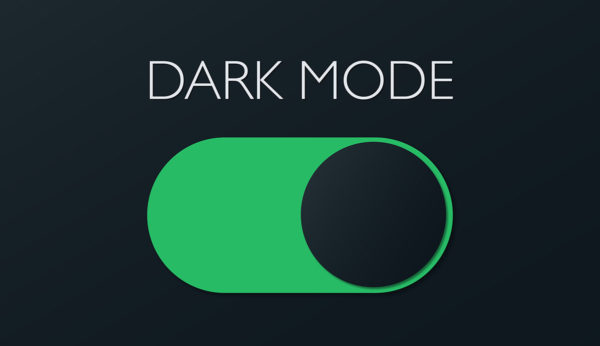When we work with nonprofits for the first time, we run into a situation again and again.
We present fundraising we’ve created for them and someone will say…
“But… this will make us look like all those other organizations. How can that be good?”
(Perhaps weirdly, when I hear them say it, I know we’re on the right track. But I’m getting ahead of myself.)
There’s a deep vein of distrust of fundraising that “looks and sounds alike.”
Many small- to medium-sized nonprofits I know actively work hard to make their fundraising look and sound different from other fundraising they see.
They want their fundraising to be unique.
Unfortunately, in their pursuit of uniqueness, most nonprofits cause themselves to raise less money than they could.
The best way to illustrate this is through a simple analogy. I want you to think about cars…
What Cars Can Teach Us About Fundraising
From one perspective, there’s a remarkable amount of uniqueness among cars. There are two-door cars, there are four-door cars. There are trucks. There are family cars. There are sports cars. There are different colors, there are different curves. Massive differentiation.
But from another perspective, all cars all “look and sound alike.” They all have four wheels. They all have windows on the front, back, and sides. They all have doors. They all have steering wheels. They all have mirrors so you can see behind you. Cars are all the same!
That “sameness” is a result of 100+ years of trial and error as the car industry identified the common set of attributes that a car needs to have to be functional and successful.
And after a car has those attributes, it gets customized to become unique.
The same is true for direct response fundraising…
The “sameness” of successful direct response fundraising is a result of 70+ years of trial and error as the fundraising industry identified the common set of attributes that an appeal or e-appeal needs to have to be functional and successful.
And after an appeal or e-appeal has those attributes, it gets customized to become unique.
The trick is to know what the attributes are. And to start with them.
These are things like “an appeal needs to be easily readable by a 75-year-old” and “the writing has to work for people who read and for people who scan.”
Those – and a host of others – are the windows, the steering wheels, the four wheels.
What happens too often is that nonprofits design cars that have five wheels, no windows on the left side, and the steering wheel in the back.
Can you get somewhere in that crazy car? (In other words, will you get some donations?) Sure. But you’re not going to make it as far as you could.
So What Do I Do?
I wrote this to help the organizations who “don’t want our fundraising to look like those other guys” to have another way to approach this situation.
Here’s my advice:
- Know that doing direct response fundraising (appeals, newsletters, e-appeals, etc.) is different from other types of fundraising.
- Learn the “attributes” and best-practices
- As you create your direct response fundraising, focus first on the attributes that will increase your chances of success.
- Then (and only then) focus on how those attributes look and sound coming your organization.
All successful direct response fundraising tends to look, sound, and feel the same. When your fundraising starts to sound like other professionally-produced fundraising, it’s a sign of success, not failure.
Uniqueness in fundraising, in and of itself, usually leads to raising less money.
But you know what’s unique and successful? Your organization sending out fundraising that has all the attributes of successful direct response fundraising. You are the only organization in the world who can do it. And when you do it, your donors will respond far beyond your expectations.



